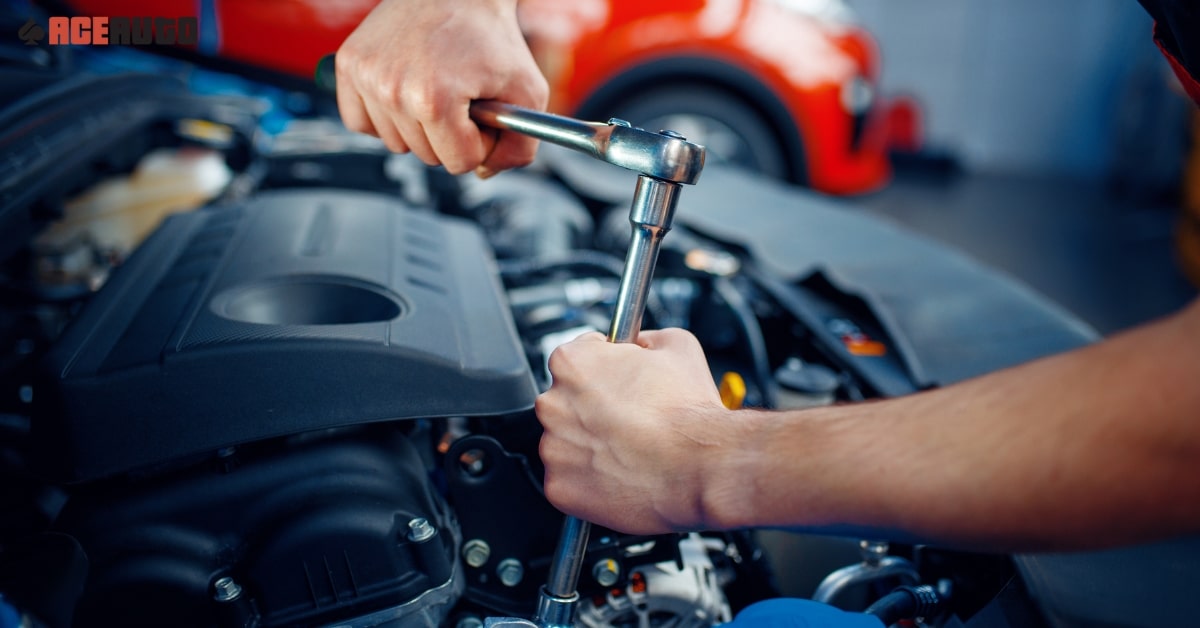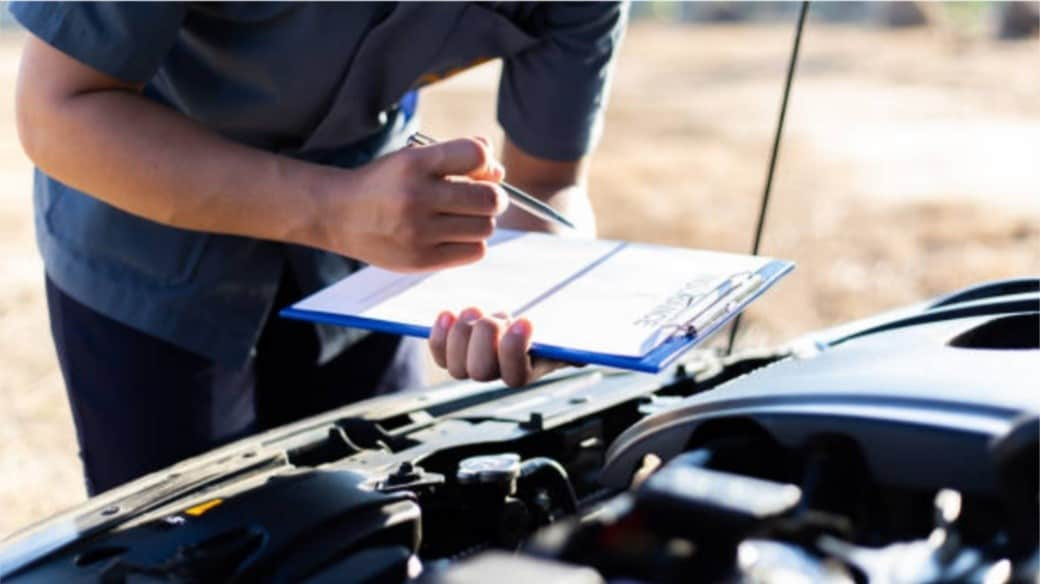All Categories
Featured

When it involves automobile repair work or upgrades, one of one of the most vital decisions you'll face is whether to select Original Equipment Supplier (OEM) components or aftermarket components. Both options use distinct benefits and downsides, so comprehending the differences between them is essential for making an informed decision. In this write-up, we'll explore the advantages and constraints of OEM and aftermarket components to help you choose which is best matched for your car.
What Are OEM Components? OEM parts are produced by the very same supplier that made the initial elements in your automobile. These parts are developed to fulfill the specific specs of your cars and truck, guaranteeing they are an exact fit and use the very same performance as the parts that featured the vehicle when it was very first built. OEM components are typically thought about the "manufacturing facility criterion" because they come straight from the automobile's supplier or a qualified supplier.

One of the major benefits of making use of OEM parts is their ensured high quality. Given that these components are made to the exact same criteria as the originals, they commonly give an excellent fit and reliable efficiency. In addition, several OEM components include a service warranty, providing you tranquility of mind that you'll be secured in situation of issues.
What Are Aftermarket Components? Aftermarket components are made by third-party suppliers that are not affiliated with your lorry's initial producer. These components are developed to fit a large variety of cars and are generally cheaper than OEM parts. Aftermarket parts can be made use of for regular fixings or upgrades, and they typically provide a wider range of choices contrasted to OEM components.

The major appeal of aftermarket components is their price. They are typically valued lower than OEM parts due to the fact that they are generated by independent producers. Additionally, aftermarket parts might provide better efficiency or additional attributes not available in OEM options. For example, aftermarket exhaust systems, brake pads, and suspension parts commonly use improvements in efficiency or visual appeals that might not be located in OEM parts.
Benefits of OEM Parts. Precision and Compatibility: OEM components are developed particularly for your vehicle's make and model, guaranteeing they fit flawlessly and do to the precise specifications needed. Warranty Protection: Numerous OEM components come with service warranties, using protection in case of issues or early failing. Quality Assurance: Given that OEM components are made by the original producer, they undergo the exact same strenuous quality assurance requirements as the parts mounted in your lorry when it was first constructed. Resale Worth: If you plan to market your automobile, having OEM parts can aid keep its resale worth, as prospective customers might be extra thinking about a vehicle that has been fixed with initial elements. Benefits of Aftermarket Components. Price Cost savings: Aftermarket components are usually more economical than OEM components, which can be a substantial advantage if you're on a spending plan or intend to conserve money on repairs. Selection and Modification: Aftermarket components give a larger variety of alternatives, including efficiency upgrades and aesthetic improvements. For example, if you want to enhance horse power or improve your cars and truck's look, aftermarket choices can provide one-of-a-kind remedies. Accessibility: Aftermarket components are usually less complicated to locate than OEM parts, particularly for older lorries that may no much longer have readily offered OEM components. Efficiency Improvements: Some aftermarket parts are created with efficiency in mind, such as high-performance brakes, air filters, or exhaust systems. These parts can boost your automobile's general performance and driving experience. Downsides of OEM Parts. Greater Price: The most considerable downside to OEM components is their price. They are normally a lot more pricey than aftermarket alternatives, which can build up quickly if your cars and truck requires multiple fixings. Limited Customization: OEM components are created to recover your vehicle to its original specifications, meaning they may not supply the very same series of personalization alternatives as aftermarket parts. Availability Concerns: Depending on the age of your vehicle, particular OEM components might be more difficult to locate or ceased, making repair services harder. Disadvantages of Aftermarket Components. Irregular Quality: While numerous aftermarket parts are of top quality, others may be poorly made or do not have the toughness of OEM components. It's vital to research the producer and check out evaluations to guarantee the high quality of the part you're taking into consideration. Fitment Issues: Aftermarket components are made to fit a large range of automobiles, yet they may not always offer the perfect fit that OEM parts guarantee. This can result in installation problems or suboptimal efficiency. No Guaranteed Warranty: While some aftermarket parts come with service warranties, they may not be long-lasting or as detailed as those offered by OEM components. In some cases, utilizing aftermarket components could also influence your automobile's warranty coverage if it's still active. Just how to Determine Between OEM and Aftermarket Components. The choice between OEM and aftermarket components inevitably depends upon your details requirements, preferences, and budget. Right here are a few considerations to aid guide your choice:
Spending plan: If saving cash is a concern, aftermarket components are generally the extra budget friendly choice. Nevertheless, realize that less expensive components may not last as long as OEM elements, which could result in higher expenses down the roadway. Vehicle Age and Problem: For newer cars, particularly those under warranty, it's commonly an excellent concept to choose OEM parts to preserve the vehicle's honesty and maintain its resale value. For older automobiles, aftermarket parts may be extra functional, especially if the lorry is no more under warranty or if you're trying to expand its lifespan with affordable solutions. Repair Work Type: Specific important repairs, particularly those pertaining to safety and security (brakes, air bags, and so on), are best handled with OEM parts to make certain the greatest degree of safety and efficiency. For non-essential repair work or alterations, aftermarket parts can provide an outstanding equilibrium of high quality and price. Efficiency and Personalization: If you're looking for performance upgrades or one-of-a-kind customization alternatives, aftermarket components might be the very best selection. Lots of aftermarket suppliers layout components particularly for improving your car's abilities, whether it's for better performance or looks. Verdict. Both OEM and aftermarket parts have their disadvantages and pros, and the finest selection depends on your particular needs and top priorities. OEM parts are optimal for keeping the initial high quality and performance of your lorry, while aftermarket components provide price savings, personalization options, and a broader array of choices.
Latest Posts
Uncover Affordable Auto Repairs with Montclare’s Limited-Time Service Specials
Published en
1 min read
Recognizing When Your Car Needs Skilled Auto Repair at Montclare Auto Repair
Published en
1 min read
Find Out Reduce Expenses on Car Maintenance with Montclare Auto Repair’s Special Deals
Published en
1 min read
More
Latest Posts
Uncover Affordable Auto Repairs with Montclare’s Limited-Time Service Specials
Published May 28, 25
1 min read
Recognizing When Your Car Needs Skilled Auto Repair at Montclare Auto Repair
Published May 26, 25
1 min read
Find Out Reduce Expenses on Car Maintenance with Montclare Auto Repair’s Special Deals
Published May 23, 25
1 min read